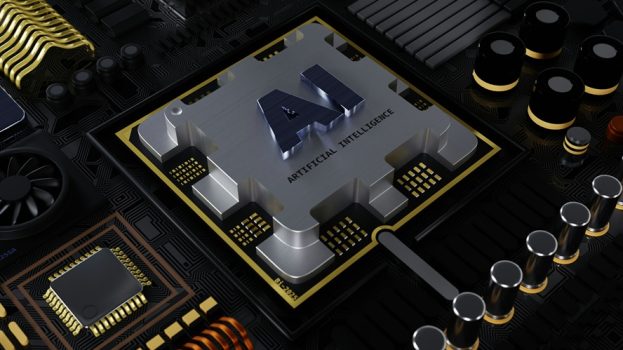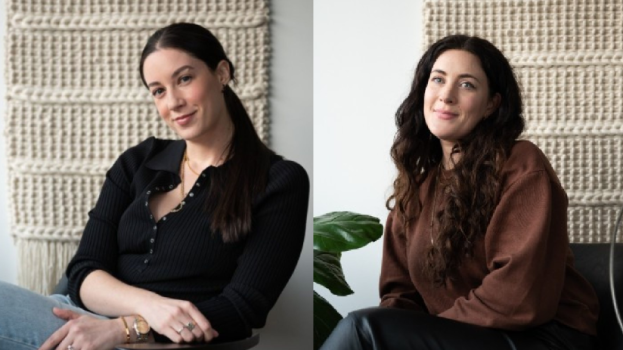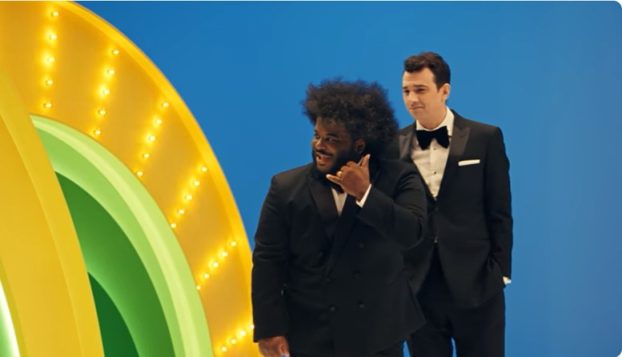Deep Local is not your average ad agency. Many of its 25 staffers come from a heavy technical and technology background, while the rest come from the opposite creative and fine arts world. The Pittsburgh-based shop experiments with robotics, machines and new technologies to create experiential campaigns, eschewing the traditional world of advertising for a world of play. And this week, on Thursday, April 24, CEO Nathan Martin will be in Toronto, attending and presenting at the ICA’s Creative Disruption event.
Strategy got to speak with the punk metal band member, digital-interactive artist and agency founder prior to his visit to Canada to pick his brain on all things tech, from hacking to tactile feedback to mind control.
Give us a snippet of your presentation this week.
While Deep Local is small, we have a lot of makers – people who make things. We have designers, mechanical engineers, software engineers, electrical engineers, creatives mixed with strategists. And that model allows us to always build something new. We also work on very fast timelines, a lot of the robotics and machines we’re known for are usually built in a matter of weeks.
So what I’m going to be talking about mostly is our culture, our process and how we design a lot of our campaigns.
I think a lot of agencies right now are trying to figure out what their innovation model is. Do they form R&D teams or skunkworks labs where they partner with other people? I think a lot of them are grasping at trying to hire individuals who have key technology skills, like someone who can do global development, mechanical engineering and all those specialized skills, but the reality is it’s not just about the talent that you have. Just hiring a mechanical engineer doesn’t get me a creative idea, it just gets me to design a circuit.
Deep Local played with brain-computer interfacing (BCI) when it created bicycle technology for the Toyota Prius Project that enabled people to shift gears with their mind. It’s still early days, but where do you see this tech headed, specifically for marketing?
Well, I think when we work with EEG headsets and mind controls, it tends to be more of a novelty.
But for advertisers, one thing you can do with that technology is impose these “what if’s?” Like when we created the Toyota mind-control bike, it wasn’t that I wanted to have the product in market in six months, it was that I wanted people to think about the question around it, if it was possible and what does that mean? And in turn that helped represent the brand. This is the way Toyota, at least in marketing terms, thinks about automotive. What if a car didn’t run on gas? What if we could reclaim power? Posing these questions, those hypotheticals, that’s what really drives innovation and people to think.
In general, technologies like the EEG headset allow us to play around with what might be possible, even if it’s not perfect, even if it’s just an experiment. On the other hand, people are still cautious of it. Think about Google Glass – that’s still scary to some people. I think there are some intrinsic qualities to being a human, and when that technology starts to get invisible, I think that’s when we start to get scared.
What innovation, technology or space do you think will be the next big thing?
I think there’s a push back to things that aren’t necessarily screen-based, getting away from the screen. Physical, tactile feedback that could include things like wearables, but that is about giving us that physical nudge. Why does my phone have to ring or vibrate? Why couldn’t it just touch my finger? We want to push something and feel it. It’s about giving us physical feedback, which humans require.
MIT has done some great stuff with 3D forms. Also going back to when I was an assistant to an artist named Stelarc, he would use electrodes on his body and have people online stimulate his muscles, have them twitch and physically move. Even though it’s not a mechanical movement, it’s still kind of forcing physical feedback based on internet activity. There hasn’t really been much done in that space, which is why I think there’s a lot of opportunity there.
The interview has been edited for clarity and space.
























